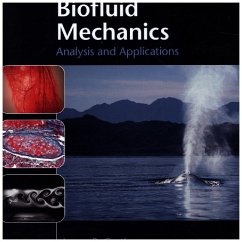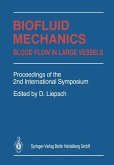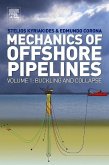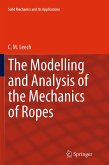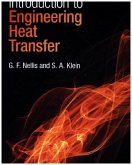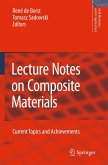Condensing 40 years of teaching experience, this unique textbook will provide students with an unrivalled understanding of the fundamentals of fluid mechanics, and enable them to place that understanding firmly within a biological context. Each chapter introduces, explains, and expands a core concept in biofluid mechanics, establishing a firm theoretical framework for students to build upon in further study. Practical biofluid applications, clinical correlations, and worked examples throughout the book provide real-world scenarios to help students quickly master key theoretical topics. Examples are drawn from biology, medicine, and biotechnology with applications to normal function, disease, and devices, accompanied by over 500 figures to reinforce student understanding. Featuring over 120 multicomponent end-of-chapter problems, flexible teaching pathways to enable tailor-made course structures, and extensive Matlab and Maple code examples, this is the definitive textbook for advanced undergraduate and graduate students studying a biologically-grounded course in fluid mechanics.
Hinweis: Dieser Artikel kann nur an eine deutsche Lieferadresse ausgeliefert werden.
Hinweis: Dieser Artikel kann nur an eine deutsche Lieferadresse ausgeliefert werden.
'The author has an M.D. as well as a Ph.D. and exemplifies every fundamental aspect of fluid mechanics with real physiological and clinical applications. Novel features are the display of MATLAB or Maple codes to derive numerical results and the realistic homework problem sets at the end of each chapter, in which the students are led through the elementary mathematical stages of the solution but must compute and plot the quantitative results for themselves. A refreshing approach to an increasingly important area of biomedical engineering, from which instructors as well as students will learn a lot.' Timothy Pedley, University of Cambridge

